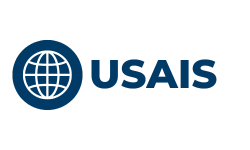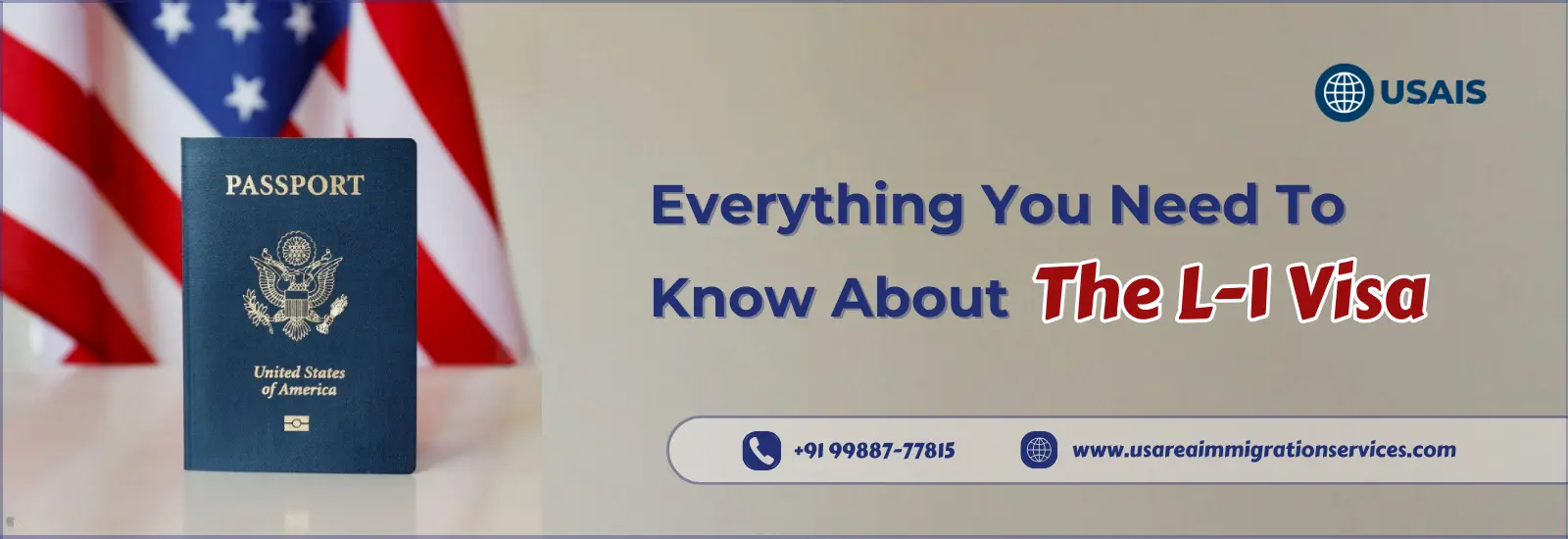Some foreign nationals may temporarily relocate to the United States and work as branch offices, parents, subsidiaries, or affiliates of a multinational corporation under the terms of the L-1 nonimmigrant visa. We review the qualifications for L-1 eligibility and what to do if you don’t qualify.
Thousands of individuals use the L-1 visa to enter the country each year to work for a branch, parent, subsidiary, or affiliate of a global corporation. Given that nationals of all nations are eligible, as long as they can complete the requirements, it is one of the most helpful non-immigrant visas for workers employed by foreign corporations.
We cover all you need to know about the L-1 intracompany work visa in this article, including eligibility requirements.
An L-1 Visa: What Is It?
The United States Citizenship and Immigration Services (USCIS) grants the L-1 visa to international corporations so they can temporarily transfer managers, executives, and staff with specific knowledge to their office or affiliate in the United States. The foreign firm, not the individual petitioner, files the petition with the USCIS.
These businesses can also send employees to open new branches or offices in the United States using the L-1 visa.
Types Of L-1 Visa
L-1A and L-1B visas are the two primary forms of L-1 non-immigrant visas. Everyone has a unique set of rigorous specifications.
The L-1A visa: The L-1A visa, also called the Intracompany Transferee Executive or Manager visa, makes it easier for international executives and managers to relocate to their company’s US offices. An L-1A visa may also be used by a foreign company that does not have any linked offices or branches in the US to transfer an executive or manager to open one there.
The L-1B Visa: Foreign employees with specialist knowledge can be transferred to the US more easily with the help of the L-1B visa Intracompany Transferee specialized Knowledge visa. These individuals with particular knowledge play a vital role in several functions related to the company’s L-1 petitioning interests.
Eligibility For L-1 Visa
Both the employer (sponsor) and the employee (visa applicant) must fulfill particular eligibility conditions to be eligible for an L-1 visa. The following are the standard requirements for L-1 visa eligibility as discussed by US Area Immigration Services:
Regarding the Worker (L-1 Prospect):
Work Experience with an Approved Organization: The worker needs to be employed right now by an international company that meets the requirements and has ties to the American employer. The organization needs to be a branch office, affiliate, subsidiary, or parent firm of the US entity.
Qualifications for the Position: Employees must be traveling to the United States to work in a managerial or executive position to qualify for L-1A (Managers/Executives).
The employee must have specialized knowledge of the company’s services, procedures, technology, or goods to qualify for L-1B (specialized knowledge).
A Single Year of Work: The foreign company for which the employee worked must have been their employer for at least a year in the three years before the filing of the L-1 visa application. This employment must have taken place outside of the United States.
Regarding the Employer/Sponsor:
Relationship Qualification: There must be a “qualifying relationship” between the foreign visa holder and the US employer. This covers the relationships with branch offices, subsidiaries, parents, and affiliates. The companies should demonstrate a significant level of ownership or control by the same parent firm.
Conducting Business in the United States: The employer must be present and actively conducting business in the United States, as well as having a physical office or facility where the employee will work. If the employer is opening a new office, they must show that they have a plan in place to support the position.
Employment Offer: On the employees’ behalf, the employers must make an employment offer to the employee. They must be prepared to file an L-1 petition with the United States Citizenship and Immigration Services (USCIS).
Procedure for L-1 Visas
Both the L-1 visa applicant and the sponsoring employee must follow the procedure to apply for an L-1 visa. With the help of the below-mentioned procedure, you can apply for the L-1 visa:
Role of Sponsoring Employer:
File Form I-129: The US employer must submit the Form I-129 to the USCIS. A thorough documentation, job description, the relationship between the foreign employer and the US firm, and eligibility and qualification verification for the beneficiary are often included in this petition.
Pay the filing fees to the government: The employer is responsible for paying any additional expenses, such as the premium processing or anti-fraud fees, that may apply in addition to the mandatory filing fees for Form I-129.
Role of the L-1 Visa Applicant:
Complete the DS-160 application: The Form DS-160 must be completed by the visa applicant after the Form I-129 petition is granted.
Pay the Visa Application Fee: The applicant must pay the necessary visa application fee to the U.S. Embassy or consulate where the visa interview will be held after submitting Form DS-160.
The Conclusion
Visit US Area Immigration Services to learn everything there is to know about the L-1 visa and to realize your ambition of starting a new life in the United States. Our team is available every time to guide you. Reach out to us by calling at +91 99887 77815. You can also reach out to us through [email protected]
Frequently Asked Questions (FAQs)
Ques1. Can an L-1 visa holder apply for a green card?
Ans – It is possible to apply for an adjustment of status while holding an L-1 visa to get a green card or permanent residency. Because the L-1 visa is a dual intent visa, its holders may intend to remain in the country permanently while still having their temporary work permit.
Ques2. How much time may an L-1 visa holder spend in the United States?
Ans – For both L-1A and L-1B visas, the first stay is either one year (for those setting up a new office in the United States) or three years (for all other visa holders), after which there is the opportunity to renew status incrementally. The L-1A visa allows managers and executives to remain in the country for up to seven years, while the L-1B visa allows holders to stay for up to five years.

